Designed to attract a wide variety and volume of birds year-round, a bird feeding station is the ultimate one-stop shop for your backyard birds. It can become an attractive part of your landscape that provides the birds with nutrition, shade, and a safe environment. Follow these steps to choose the right location and learn about what basic elements should be included in a bird feeding station.

1. Choose a location
Whether it’s in an existing landscape or a whole new area you’ll be creating for your bird feeding station, think about where you spend your time both indoors and out. Walk around inside your house and position yourself in the spots you spend the most time in. You’ll want to choose a location where you can easily view your birding station through a window to get the most enjoyment out of it. If you plan to keep up your bird feeding station throughout the winter months, you may want to choose a location that you won’t mind navigating to in undesirable weather.
Above all else, the location of your bird feeding station should make the birds feel safe and at home. Birds are likely to feed more comfortably when near natural cover like trees, shrubs, or other vegetation. This provides shelter for birds to view their feeding area so they can see any predators while waiting for their turn to feed. Remember to keep the feeders roughly 10-12 feet from any tree or obstacle to deter unwanted pests from reaching the seed. To help prevent fatal window collisions, feeders should be hung or mounted closer than 3 feet or farther than 15 feet from a window.
2. Install a hanging method
Wherever you decide to hang your bird feeders, it’s important to choose a hanging method that is durable and sturdy. There are an abundance of decorative and simple types of yard poles and hooks available, from a traditional shepherd’s hook to a completely customizable and adjustable hook and display system. You may choose to install several hooks of varying heights for visual interest. Or you could make it a statement area with a pergola or decorative trellis with hooks and spaces for feeders to be hung.
If you’ll be placing your bird feeder in an area with lots of squirrel activity, a pole baffle can be used to prevent squirrels or other pests from climbing up a pole or jumping down onto the feeders from above.
Note: We do not recommend hanging bird feeders from tree branches as this can give squirrels and pests easy access to the feeder content.
3. Select your bird feeders
Now comes the fun part – adding your feeders! Consider which birds you want to try and attract to your bird feeding station. Platform, tube and hopper bird feeders can accommodate several different seed types and will attract a wide variety of birds, while specialty feeders like hummingbird, Oriole and Bluebird are made to attract more specific bird types. And don’t forget about suet feeders! Suet is a great high energy option to offer the birds in the winter months but can also be fed throughout the year to attract woodpeckers and other birds. If squirrels are a known issue in your yard, you could consider putting up squirrel proof feeders to help deter them.
Be sure to choose feeders with features that will make it easy for you to keep clean and is safe, comfortable and healthy for the birds. For more help finding the right bird feeders for your yard, take a look at our bird feeder guide.
4. Provide a water source
The secret ingredient to any bird feeding station is a fresh source of water. All birds drink water and need to bathe regularly to keep their feathers clean. Providing a consistent source of clean and fresh water from a bird bath, fountain or a shallow pond will keep your backyard birds happy so they return regularly. Plus, even birds who don’t typically eat from bird feeders do need a water source which will increase the variety of birds who visit your bird feeding station. It’s important to keep your water source clean and change the water often to prevent bacteria from forming and spreading amongst the birds. If your water source is stagnant, you can add a fountain to keep the water moving and prevent it from becoming dirty quickly.
5. Plant the right plants
Depending on the feeders you choose and the type of birds you’re trying to attract, try to plant a few complementary native plants near your birding station. Native plants can provide the birds with additional nutrition from fruit, seeds, nectar and insects who inhabit the plant. Birds are more comfortable feeding when they have shelter or a quick hiding place nearby. Do some research on the birds in your area and find out which flowers, bushes and trees they prefer and add some color to your bird feeding station!
Note: It is advised to avoid the use of pesticides on plants since they could eliminate beneficial insects that can improve the health of the plants. Consider adding a beneficial insect house near your birding station as a chemical-free alternative.
6. Maintain it
Carrying and pouring big heavy bags of bird seed without spilling can be challenging. An all-purpose bag clip can help you transport small and large bags of bird seed from your garage or shed to multiple feeders with ease. The seed can be stored right inside the bag with the secure latching system and screw cap so you don’t have to worry about it spilling or spoiling.
No matter what type of feeders or seeds you provide, routine cleaning of your bird feeding station is an essential step to keep your backyard flocks healthy and avoid spreading diseases among birds. With feeding the birds comes some unavoidable mess like droppings, shelled seed and feathers. Keep the birds happy and healthy by regularly cleaning your feeders, keeping your water sources fresh and tidying up the area.
Some bird feeders and their parts are dishwasher safe and can be placed on the top rack after disassembling. Be sure to check the manufacturer’s recommendations before placing any feeder parts into your dishwasher. To wash by hand, typically all you’ll need is unscented dish detergent, a scrubbing brush or sponge and warm water. Take a look at our bird feeder cleaning instructions for further information on why and how often to clean your bird feeders.
Stagnant bird baths can be a breeding ground for harmful bacteria and microorganisms that can spread amongst your backyard birds. Don’t forget to clean and change out your water source on a regular basis whether it’s a bird bath, fountain or shallow dish.
The final step
Enjoy it! If you’ve set up your bird feeding station according to the steps described here, you’ll soon be having birds flock to it year-round. Be sure to have your camera, binoculars and checklists ready to record how many types of visitors you can see in your backyard!

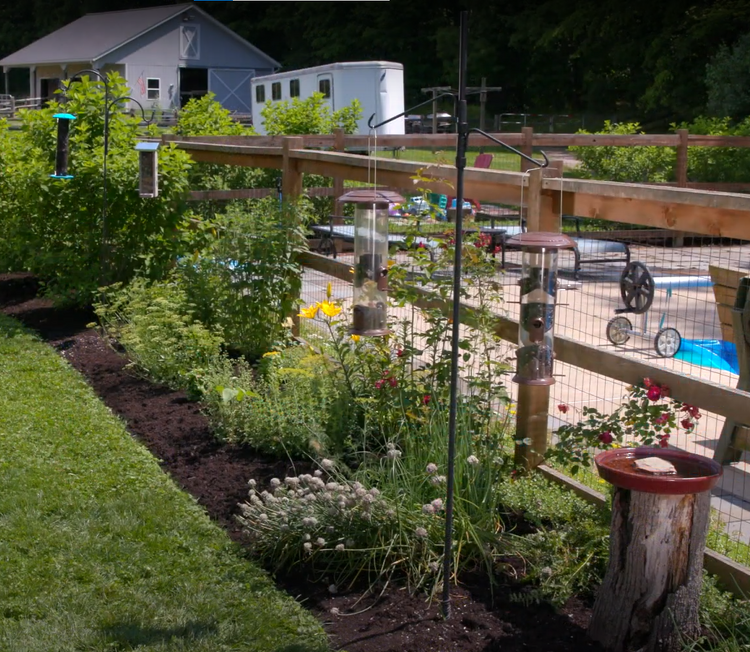
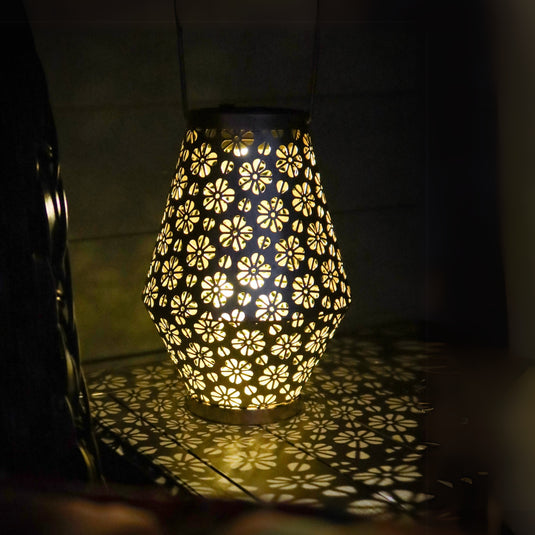
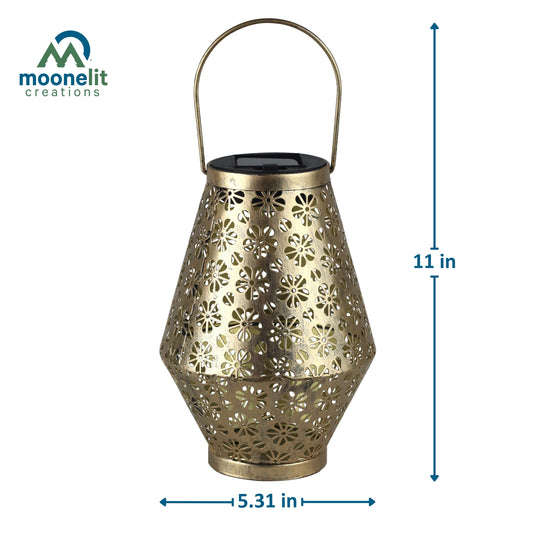
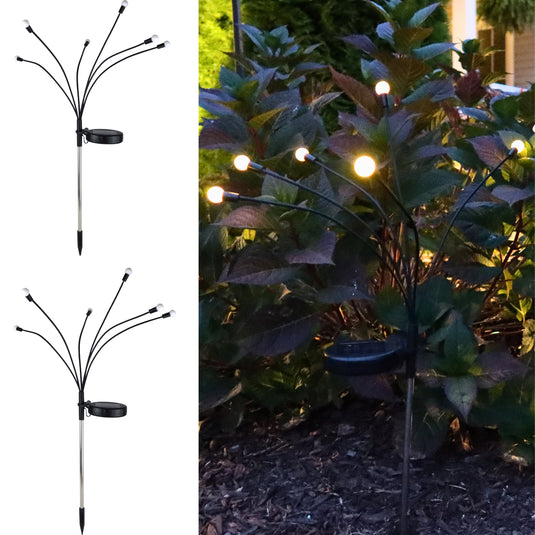
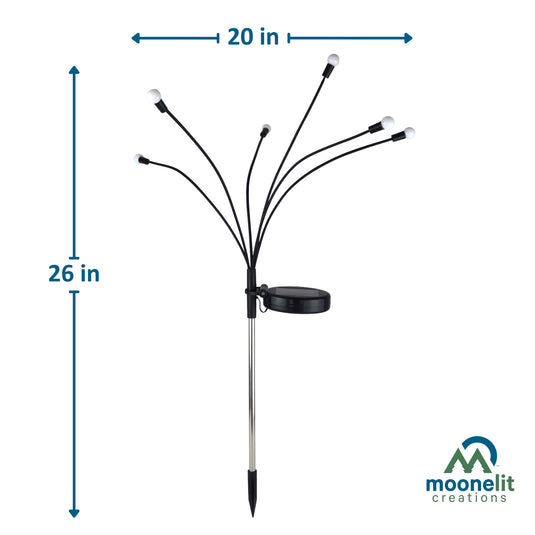
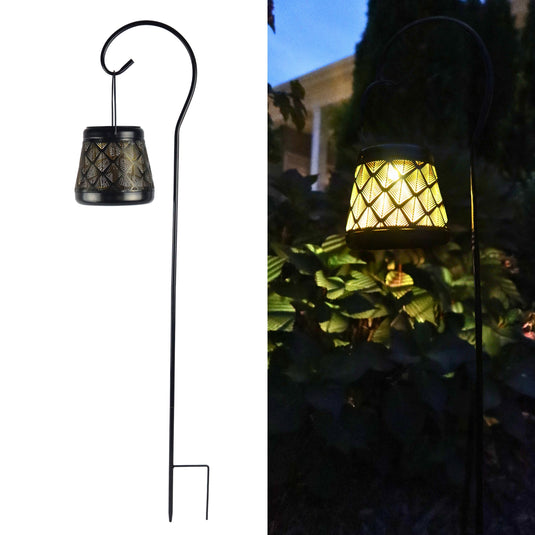
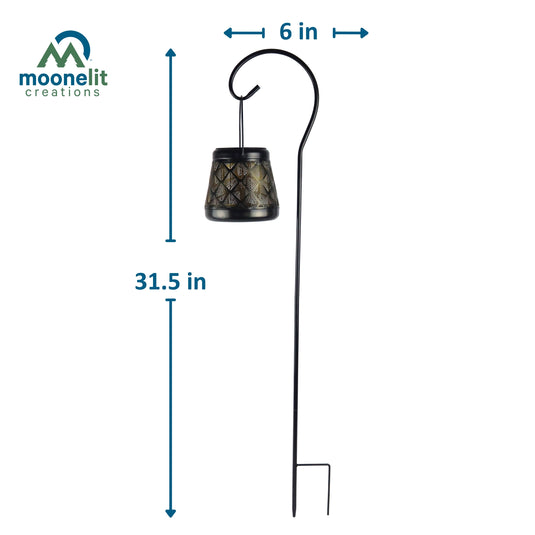
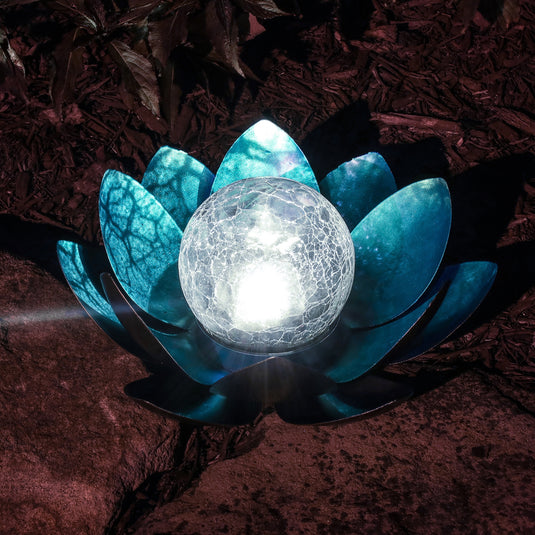
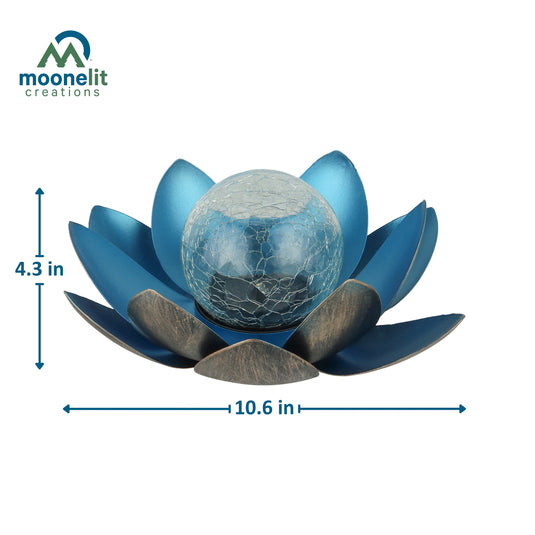
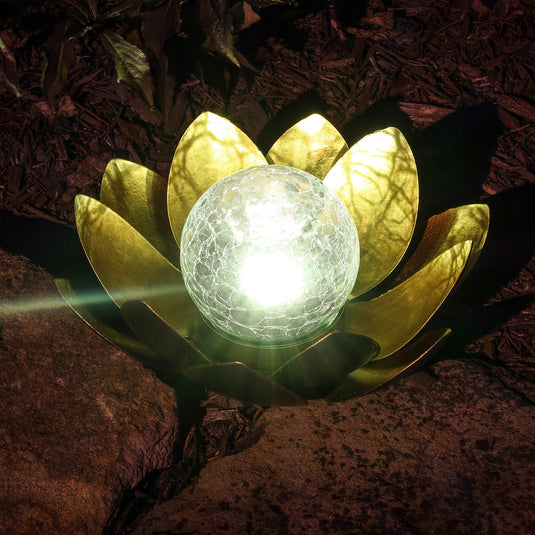
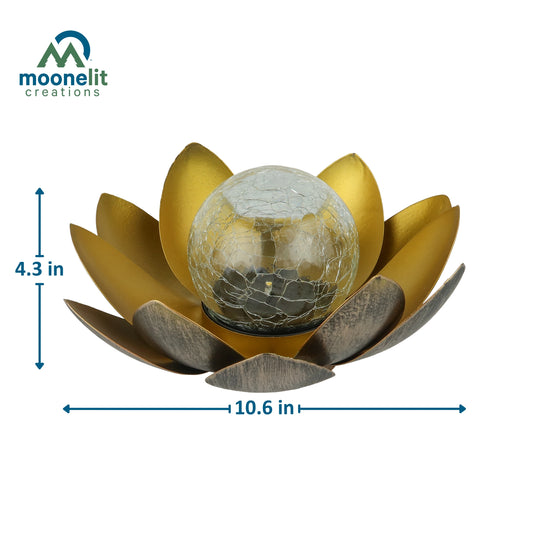
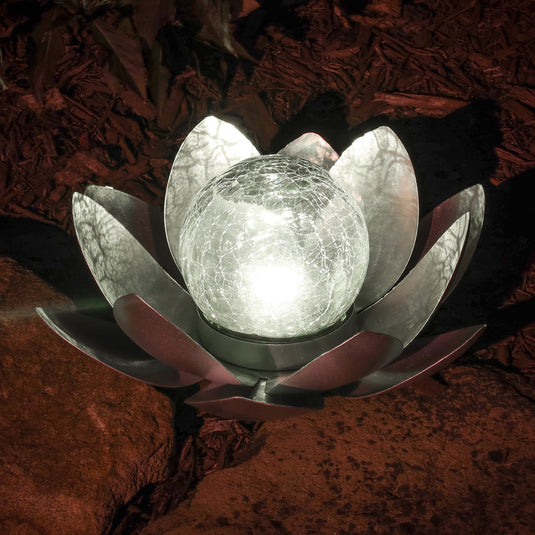
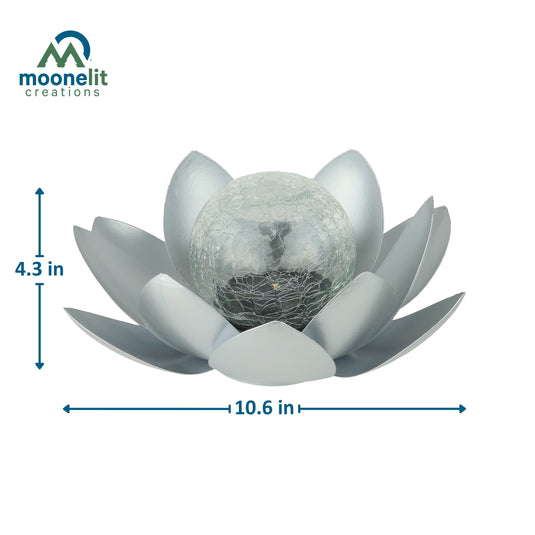
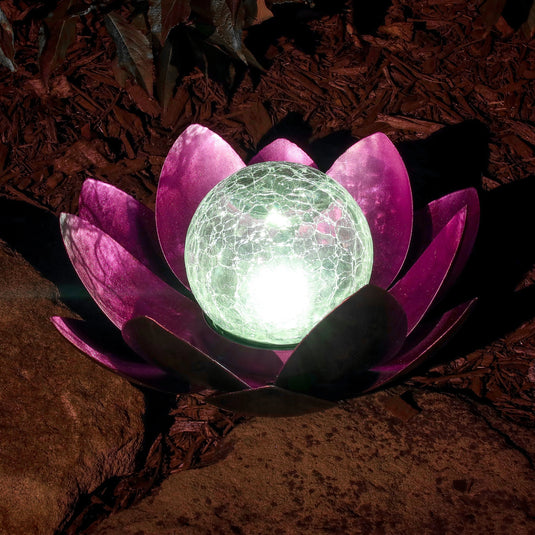
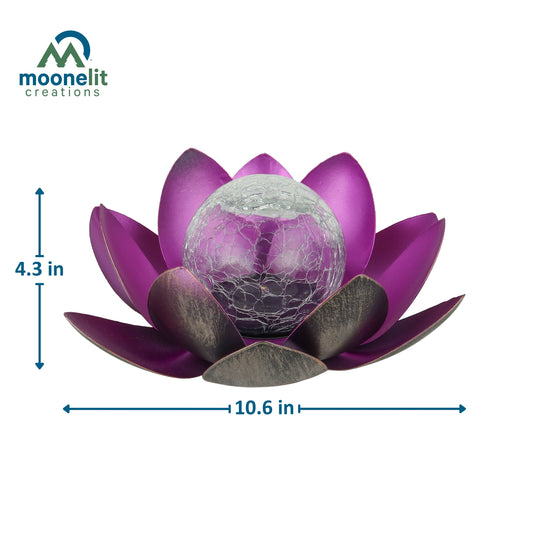
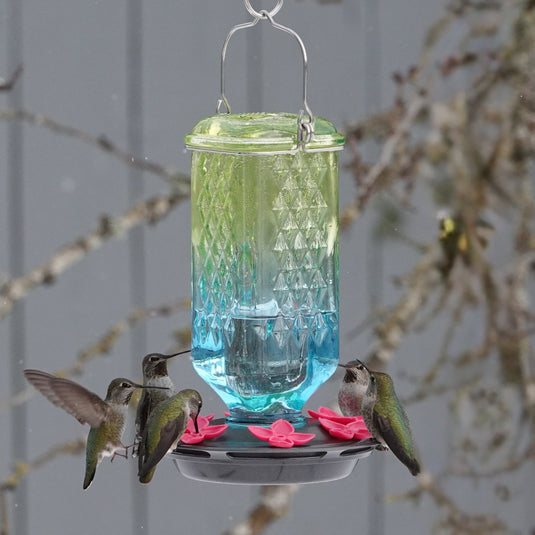
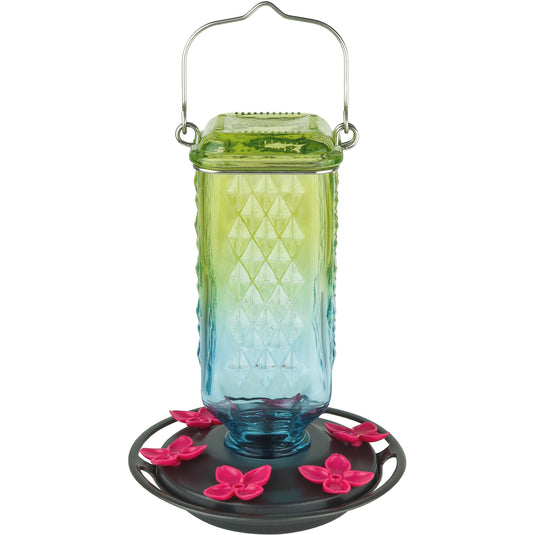
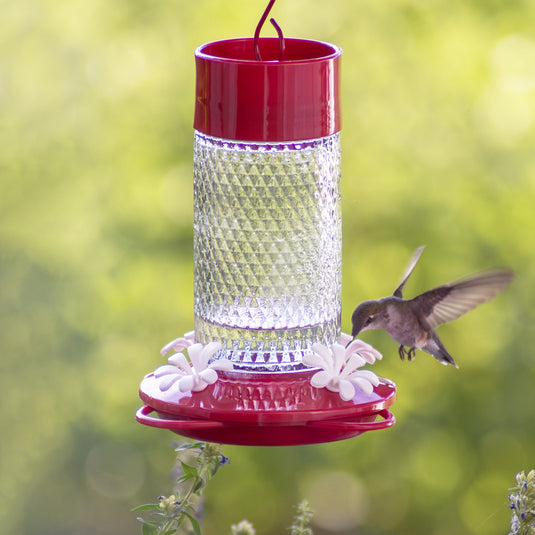
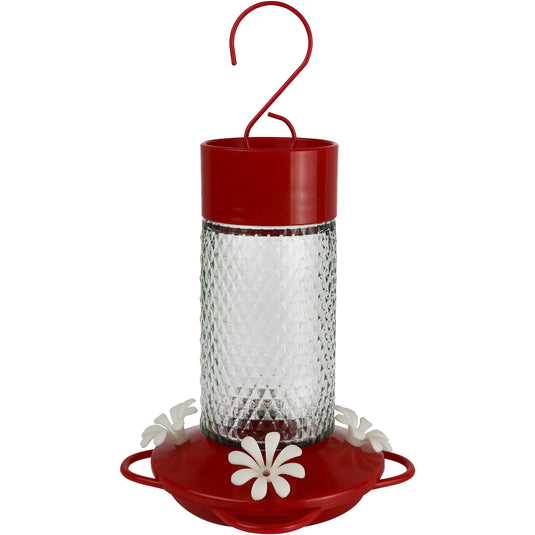
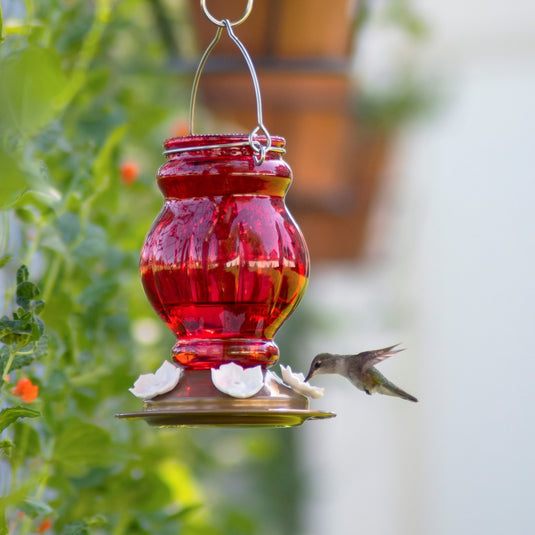
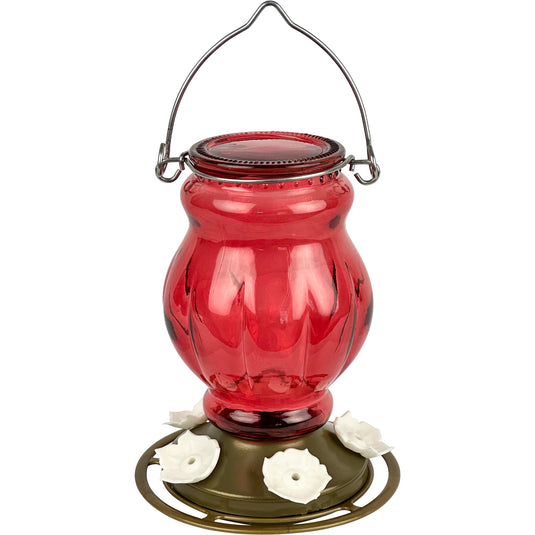
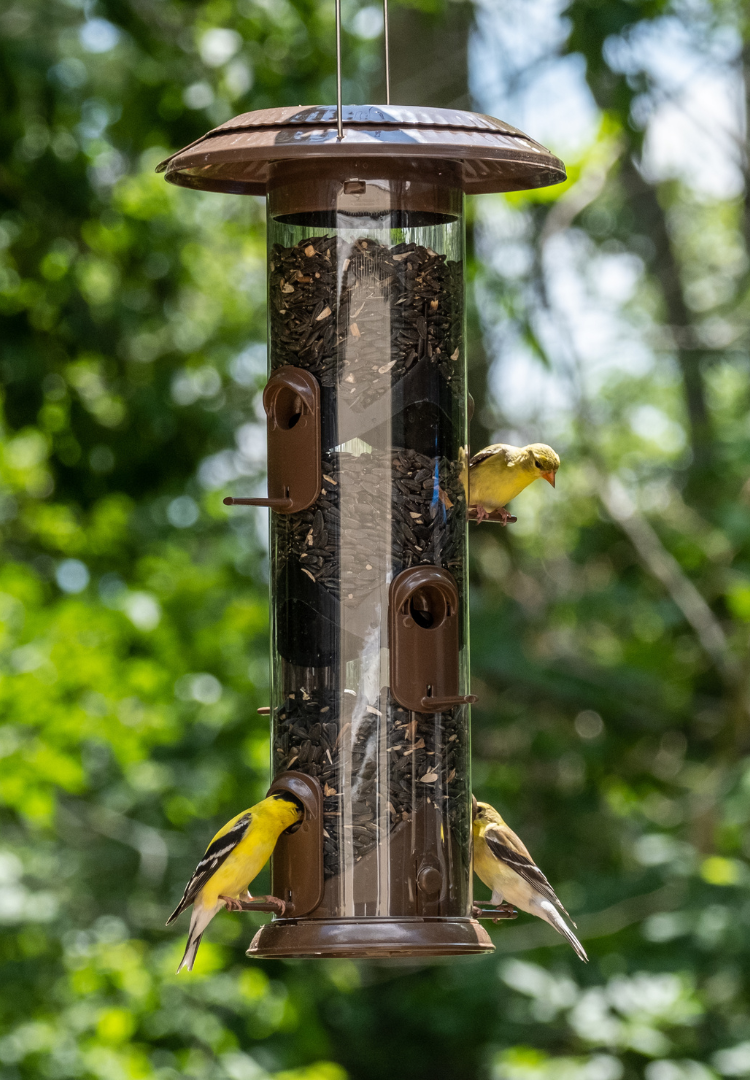
Hi Jasmin, Good question! Hummingbirds are known for liking some privacy when they feed and don’t typically like to be disturbed by larger birds. They might be intimidated especially if the larger birds tend to land or perch on the nearby hummingbird feeder (possibly causing the nectar to spill which would attract insects/pests). That being said, if it is the only location option you have it might be worth trying! You can also check out the hummingbird section of our blog for further placement suggestions. Happy birding!
Hi, is it okay to put the hummingbird feeder on the same pole as the seed bird feeders? I’m worried that some of those big birds might scare away the hummers.
Thanks